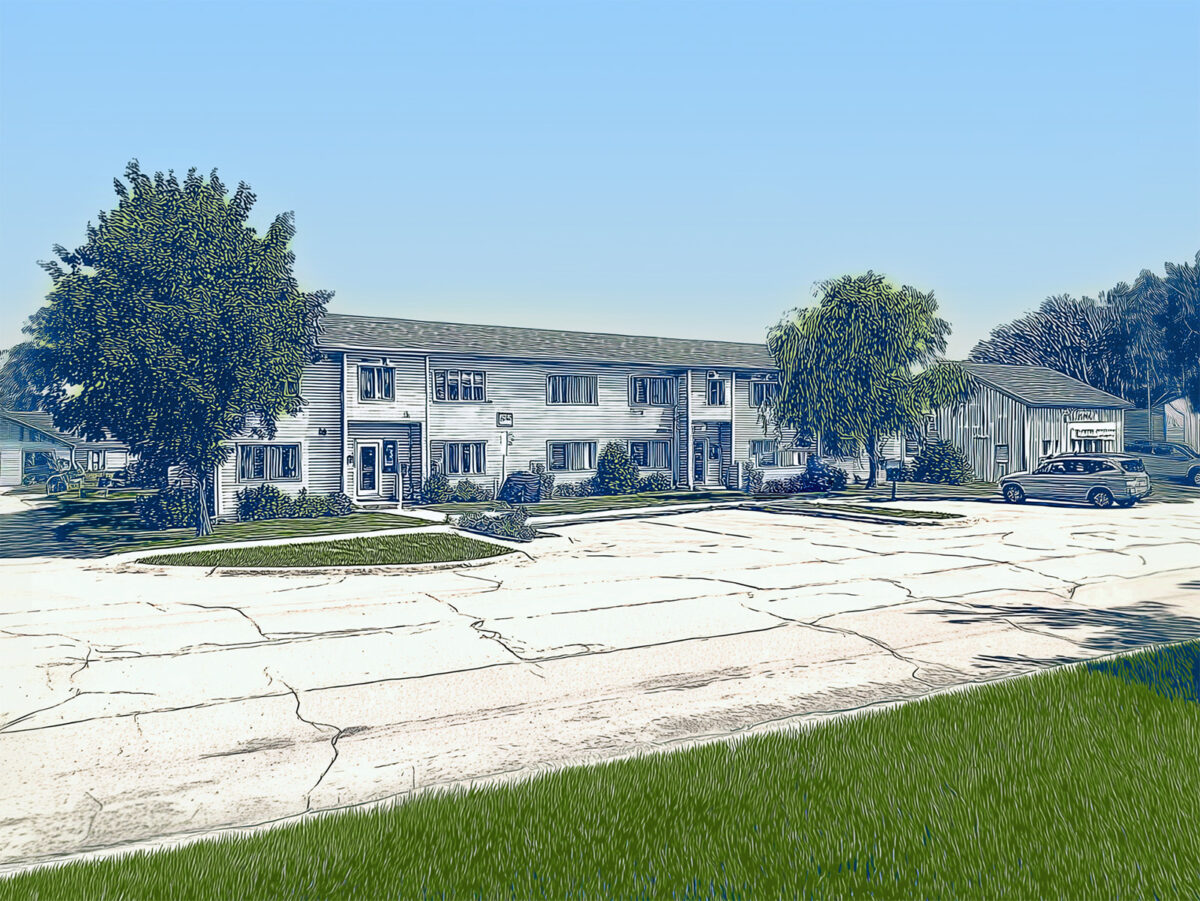Locked Out: Door County’s affordable housing shortage
Door County Knock is reporting an in-depth series on Door County’s affordable housing shortage, addressing questions such as why the county lacks affordable housing, how market trends have contributed to its decreased availability and what roadblocks exist to building more. Click here to read more.
If there are questions you’d like the answers to or people you’d recommend we talk with as part of our reporting, please email us at [email protected].
There are an abundance of terms used when it comes to housing. “Affordable,” “attainable,” “workforce,” “income-based,” are often used interchangeably and inaccurately. Words matter and indefinite definitions can lead to confusion for those seeking housing or trying to develop more of it.
Knock has identified a handful of key terms regarding types of housing, or non-housing as the case may be. Throughout the Locked Out series, these terms will be used consistently based on the following definitions.
Affordable
Housing and utilities that cost 30 percent of an individual or household’s gross income are deemed affordable.
The U.S. Department of Housing and Urban Development requires that affordable housing program qualifications are limited to households that make 80 percent or less than the Area Median Income, or AMI.
AMI refers to the amount directly in the middle of annual income earnings for local families. Half of the incomes are higher than the median, and 50 percent are less than the median.
Door County’s AMI for a family of four is $103,700.
Workforce
“Workforce” households are middle income households making 60 percent to 120 percent of the AMI, with at least one member of the household working for a Door County-based employer and living here year-round.
Income-assisted
Income-assisted housing is housing that is supported by some kind of government funding. It can be the development itself that is subsidized, where residents only pay 30 percent of their income towards housing, and the rest is covered by low income tax credits or other funding.
The other type of low-income housing is tied to the tenant in the form of voucher assistance. The qualified tenant pays 30 percent of their income to housing on the open market, and the difference is made up by a voucher payment through the local housing authority.
In Door County, a family of four generally qualifies for income-assisted housing when they fall in the very low or extremely low category of HUD income, at 50 percent of the AMI or lower. Qualifying for assistance does not necessarily mean one will find housing, however.
Market-rate
Market-rate housing refers to units that are priced based on market values and do not qualify for assistance or income-based programs. Market-rate rental prices in Door County are considered anything more than about $1,000 per month depending on household size. Market-rate homes sell for an average of about $400,000.
Seasonal
Seasonal housing refers to units that are only needed during the tourism-heavy time from May to October in Door County. There are seasonal workers who are here just for those months to work in the restaurant and hospitality industries, as well as seasonal residents who vacation in Door County or only live here during the summer months.
Seasonal housing can be rentals or home ownership, but generally, seasonal workers need rental units. Seasonal residents live in a mix of short-term or vacation rentals, cottages, hotels or motels, or second homes owned by the resident, but only occupied for a few months.
Homelessness
Homelessness is not having a fixed, regular or adequate nighttime residence, as well as additional definitions provided by HUD. These include individuals who have moved more than twice in 60 days, those who are at imminent risk of losing current housing and individuals fleeing or attempting to flee domestic violence.

